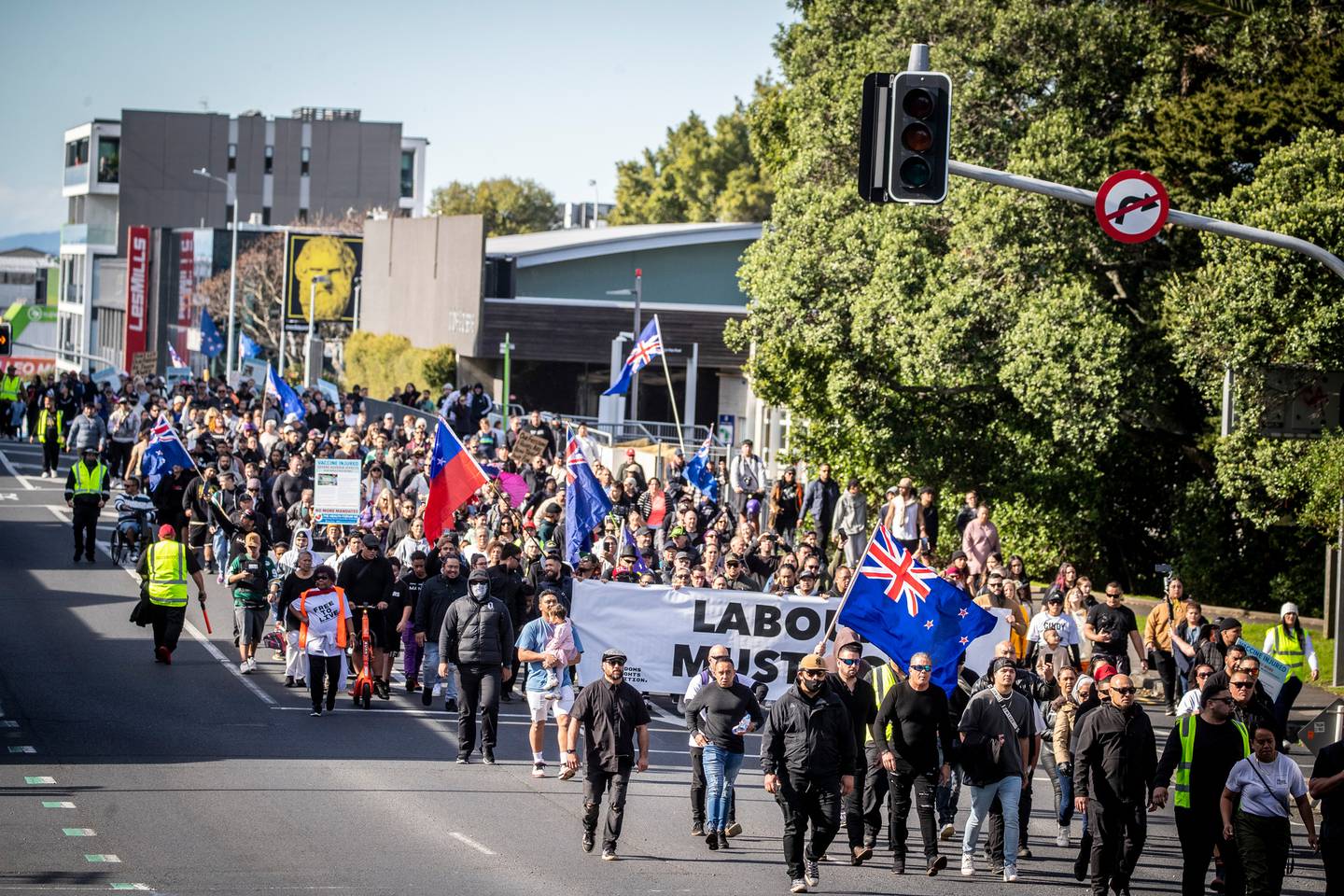Sky-high property prices and sky-high rents put those who do not own their home on the horns of a dilemma. Do you carry on handing over a ridiculous portion of your wages to your landlord? Or do you bite the bullet, take out an enormous mortgage, buy a home and hand over a ridiculous portion of your wages to a bank or finance house for decades? Either way, under current conditions people’s elementary need for shelter is exploited so that money flows up to the owners of capital: landlords and investors. The housing crisis is wonderfully profitable for some!
People that have this dilemma are relatively fortunate; they at least have an income big enough for a lending institution to offer mortgage facilities. For others buying a property is out of reach; they have no option but private renting. For others again even private renting is out of reach. Perhaps they stay in a cramped family home, or kip in a cabin or garage. If homeless, then perhaps the Ministry of Social Development puts them and the kids into a motel room while they wait, wait, wait for a state home.
The current housing crisis is arguably the biggest failure of the Ardern government. At root, the problem is Labour’s belief in private market mechanisms to provide homes; the members of the current government are steeped in the neoliberalism begun by the Fourth Labour Government. Despite its spectacular failure, Kiwibuild still forms a plank of Labour’s housing policy. Kiwibuild is merely a scheme whereby homes for the private market are built by property developers. The government underwrites the development risk by guaranteeing to pay developers set prices for planned properties, which are on-sold at the set price to eligible first-time buyers. Kiwibuild homes are price-capped. Three-bedroom homes are capped at $650,000 in Auckland and Queenstown, $550,000 in Wellington and $500,000 in the rest of the country. There are caps for two-bedroom, one-bedroom and studios. The lowest cap is still $500,000. At these prices Kiwibuild offers nothing for people on low incomes. But Kiwibuild has not produced homes in any number because developers have no interest in price caps; they want the maximum return the market can bear and therefore not played ball. Labour’s response to the uncooperative development industry is to offer further sweeteners. Developers can apply for the Residential Construction Response Fund, a bribe of public money to subsidise their profits.
The government have had to dramatically scale down their expectations of the number of homes to be built under Kiwibuild from the 100,000 homes in ten years promised by Labour in 2017. Labour’s main housing policy is now reduced to reliance on developers to build homes for the market. The private property market offers no solutions to the housing crisis, yet Labour is fixated by the home ownership model. It offers tenants an inducement of up to $20,000 off the market valuation to buy their state home. In another scheme the government doles out a First Home Loan or Grant to reach the deposit required by lenders. These home ownership schemes do not scratch the surface of the housing problem.
In 2019 the government dissolved its state housing arm, Housing New Zealand, into Kainga Ora – Homes and Communities, which is also responsible for Kiwibuild and the government housing development entity HLC. The use of Māori wording in the new organisation’s title is welcome but the focus on private property at Kainga Ora is not.
The solution to the housing crisis is obvious. It stares you in the face from history: a state house building programme. After the election of the first Labour government in 1935 state housing was got underway from 1937. Even though the National Party had been against the introduction of state housing, by 1950, when it got into power, it was politically impossible not to continue the scheme. Under both Labour and National governments two to three thousand state houses were constructed each year during the 1950’s and one to two thousand in the 1960’s. The 100,000th state house was opened in 1978. By 2019, after the ravages of neoliberalism, there were only 64,000 state houses left; that is in the context of 1.8 million dwellings in total.
Today, there is huge demand for state housing. At September 2020 there were 21,000 applicants, a 50 percent increase from the previous September, but there would be far more applicants if they had any chance of being eligible for a state home tenancy. As it is, the few available are allocated to those in acute need. (On the Kainga Ora website the image that accompanies making an application for public housing is of a woman and child. Message: This is, for example, for a single parent.)
A state housing building programme would take the heat out of the property and private rental markets. It would reverse the trend towards private renting, which is the worst option. State housing at its best could offer: secure tenancies so that a state house or apartment feels like a permanent home; income-related rents; regular maintenance and prompt repairs; high quality design and build using green building techniques to reduce greenhouse gas emissions; flexibility through the voluntary transfer system to accommodate the needs of growing or declining households.
The Labour government sees state housing as a safety net reserved for the most in need, not the norm for working people. It conceives of state housing as cheap, low quality and high density. In Eastern Porirua the government has embarked on a “regeneration” scheme where existing state housing is replaced by smaller, higher density units and land vacated sold to private developers.
Although not on the scale or the quality that is needed, Labour delivered some state housing from 2017 to 2020 and is promising more by 2024. Exactly what Labour is promising is not easy to distinguish because of the newspeak used around housing policy. Terms such as public housing, social housing, transitional housing and community housing have meanings separate from state-owned housing. “Community housing providers” are private sector entities such as housing trusts. However, what can be said of state housing proper is that Labour has reversed the decline that took place under National between 2008 and 2017. As of September 2017 there were 61,323 state housing units; at September 2020 there were 64,192. During Ardern’s first term the number of state housing units increased by 2,869. This increase of under a thousand units a year on average has been totally inadequate to the scale of the housing crisis.
A new approach is needed: an urgent intervention by government to build tens of thousands of high-quality state homes, together with public transport infrastructure, to house not just the destitute, but ordinary working people. If the Labour government did prioritise state housing in this way the private property market would gradually deflate and render Kiwibuild unnecessary for providing “affordable” market homes.









